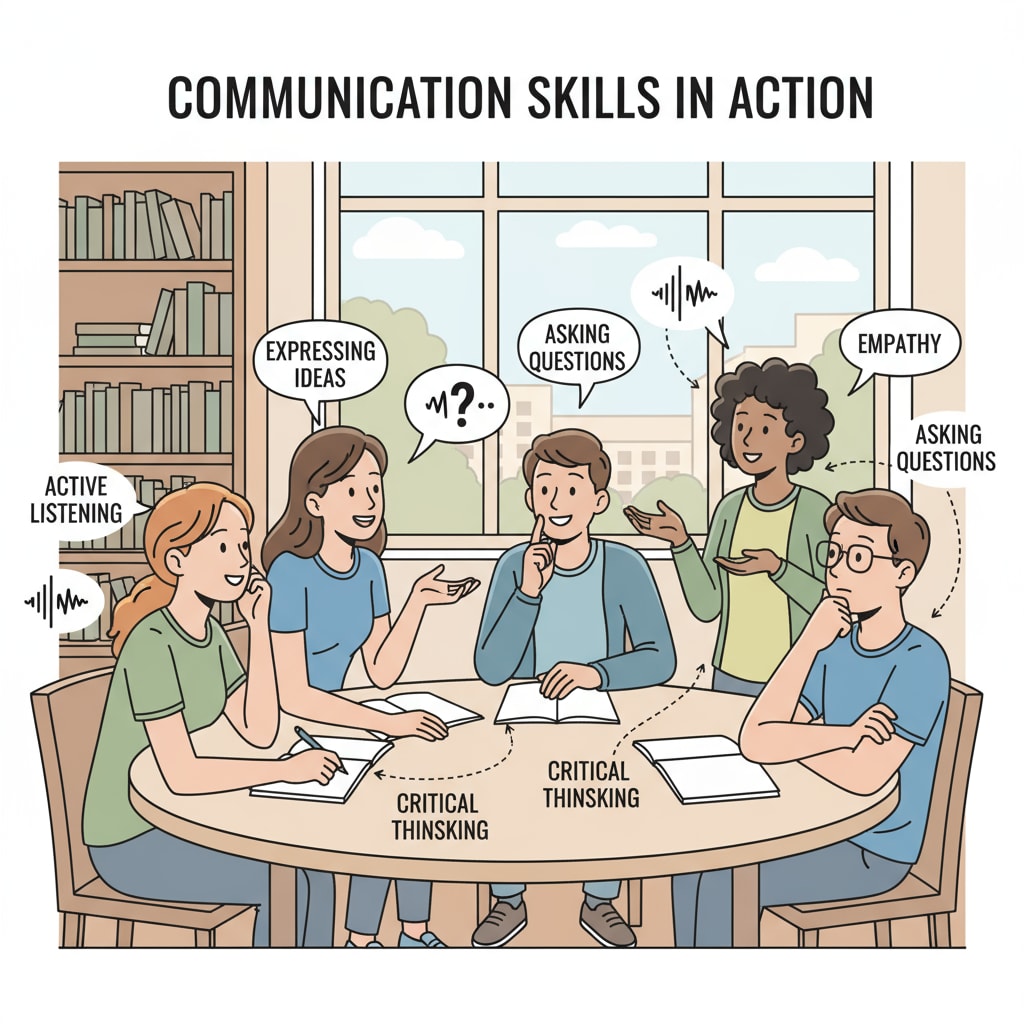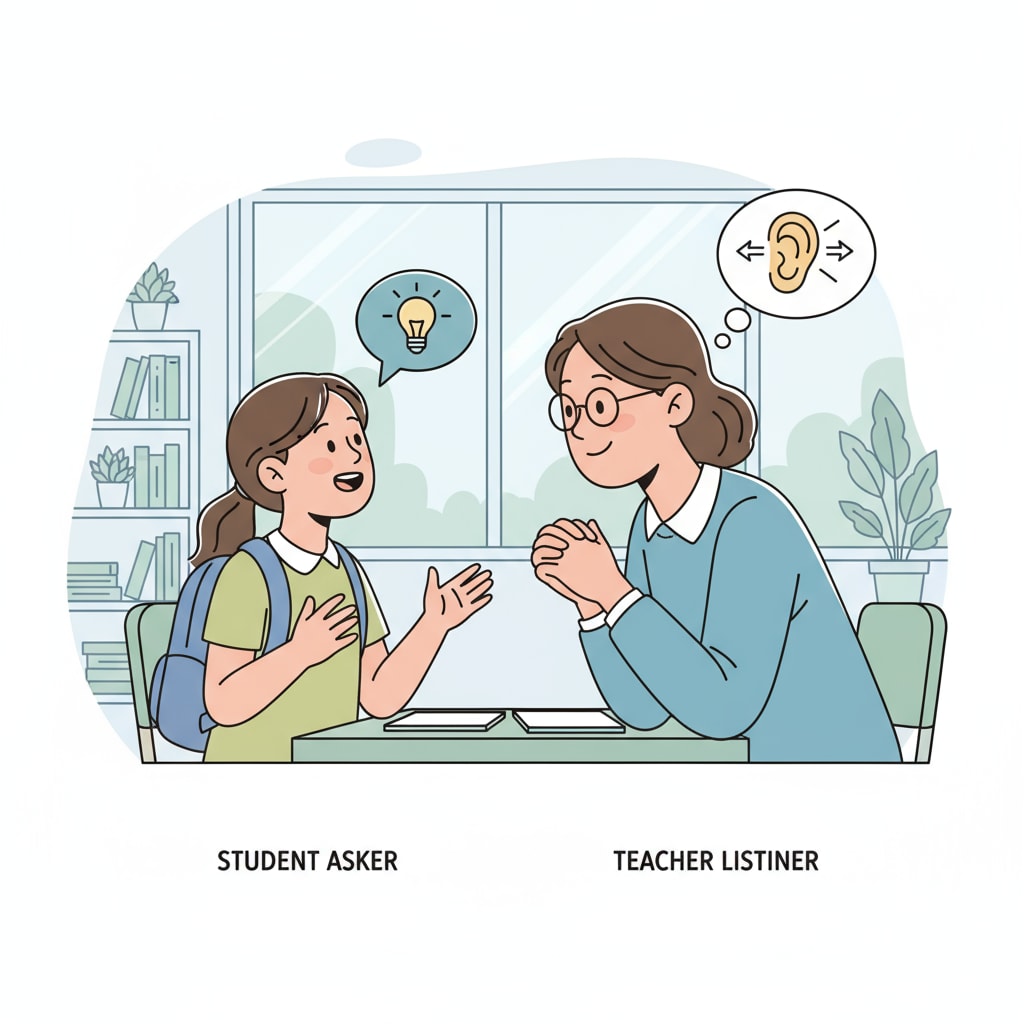Communication skills, dialogue, and active listening are crucial aspects that are often overlooked in K12 education. In today’s complex and interconnected world, the ability to communicate effectively is not just a bonus but a necessity for students’ success both in and out of the classroom.

The Significance of Communication Skills in K12 Education
Communication skills form the foundation for a student’s overall development. In K12 education, it is through communication that students express their thoughts, share ideas, and build relationships with their peers and teachers. For example, in group projects, effective communication ensures that tasks are divided evenly, and everyone’s contributions are valued. According to Education.com, students with strong communication skills are more likely to participate actively in class discussions, which in turn enhances their learning experience.
The Evolution from Simple Expression to Mutual Understanding
Initially, students may only focus on simple expression, getting their point across without much regard for the listener’s perspective. However, as they progress through K12 education, the goal should be to move towards mutual understanding. This involves not only speaking clearly but also actively listening to others, understanding their viewpoints, and responding empathetically.

Dialogue plays a vital role in this evolution. Through meaningful dialogues, students learn to consider different opinions and build a more comprehensive understanding of various topics.
Active listening is an essential part of achieving mutual understanding. It requires students to give their full attention to the speaker, ask clarifying questions, and provide feedback. By doing so, they can bridge the gap between different ideas and reach a deeper level of communication.
Practical Teaching Strategies for Cultivating Communication Skills
Educators can employ several strategies to develop students’ communication skills. Firstly, role – playing activities can be highly effective. For instance, creating scenarios where students have to negotiate, persuade, or collaborate can enhance their speaking and listening skills. Secondly, group discussions should be encouraged. Teachers can assign topics and guide students on how to have a productive discussion, including respecting others’ opinions and building on each other’s ideas. As stated on TeachThought, these activities help students practice dialogue and active listening in real – life situations.
Readability guidance: The key points are presented in short paragraphs and lists. Each H2 section has relevant details. Passive voice is minimized, and transition words like ‘however’, ‘for example’, and ‘firstly’ are used to enhance the flow.


